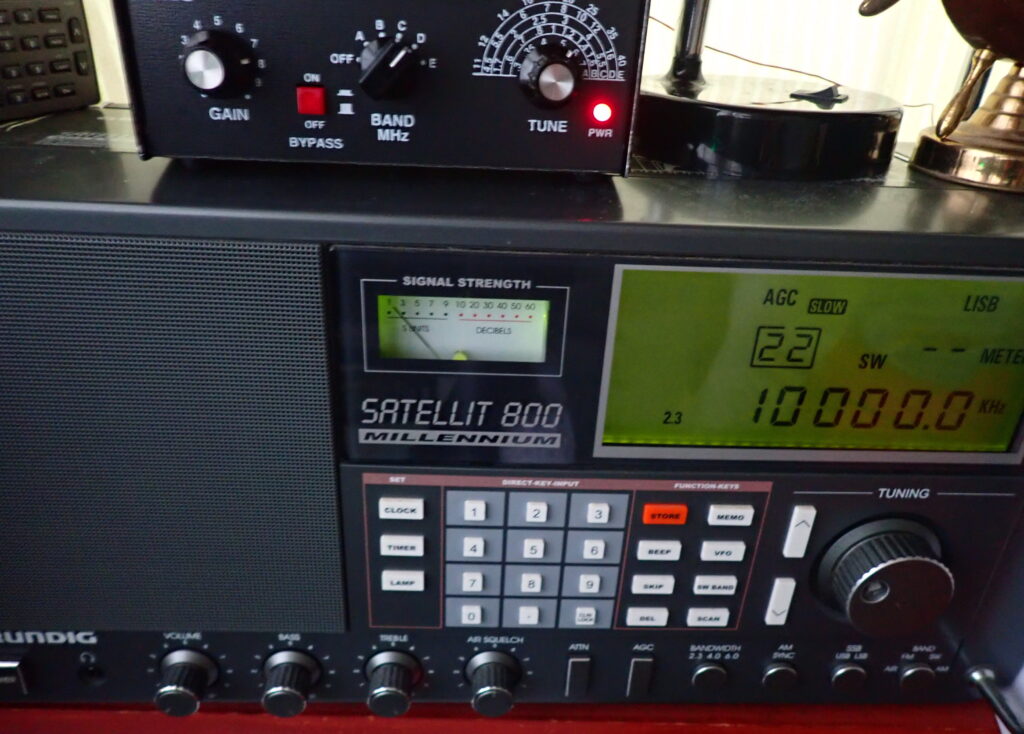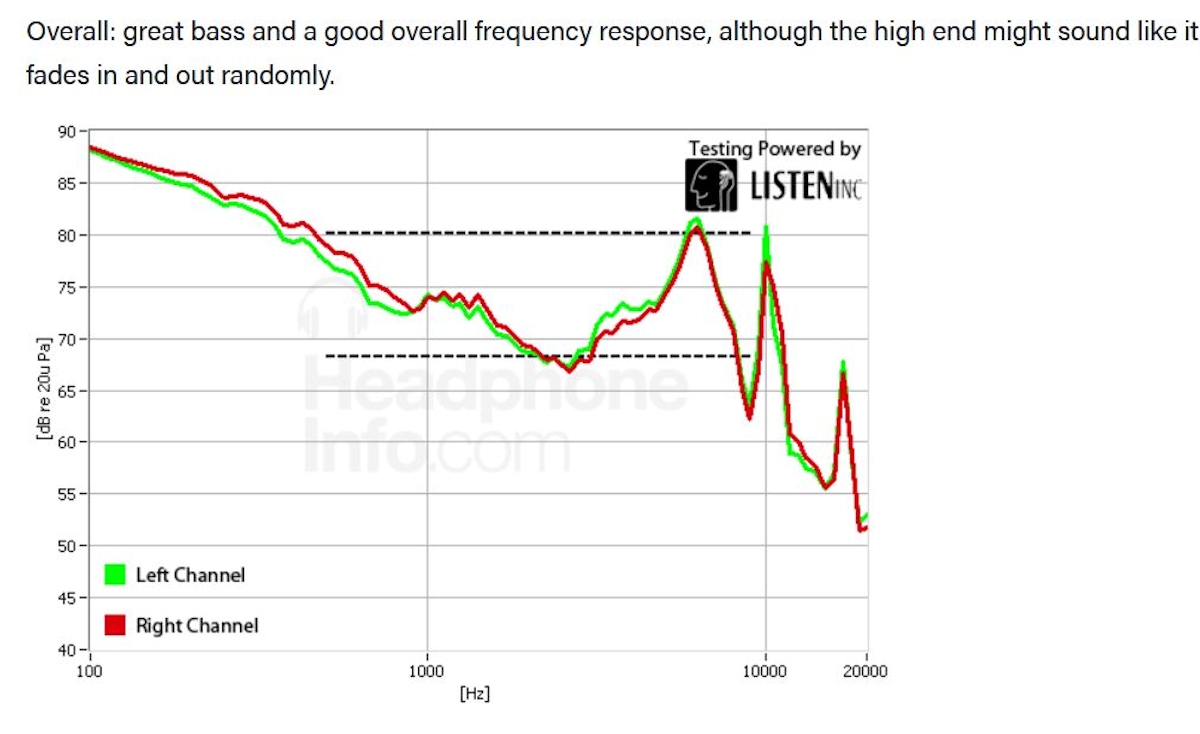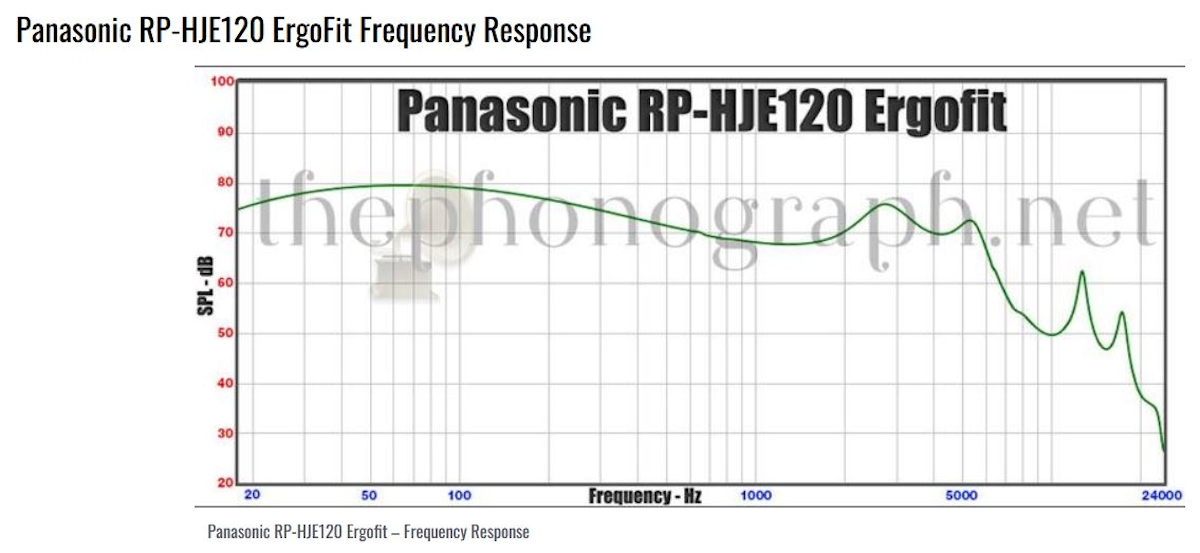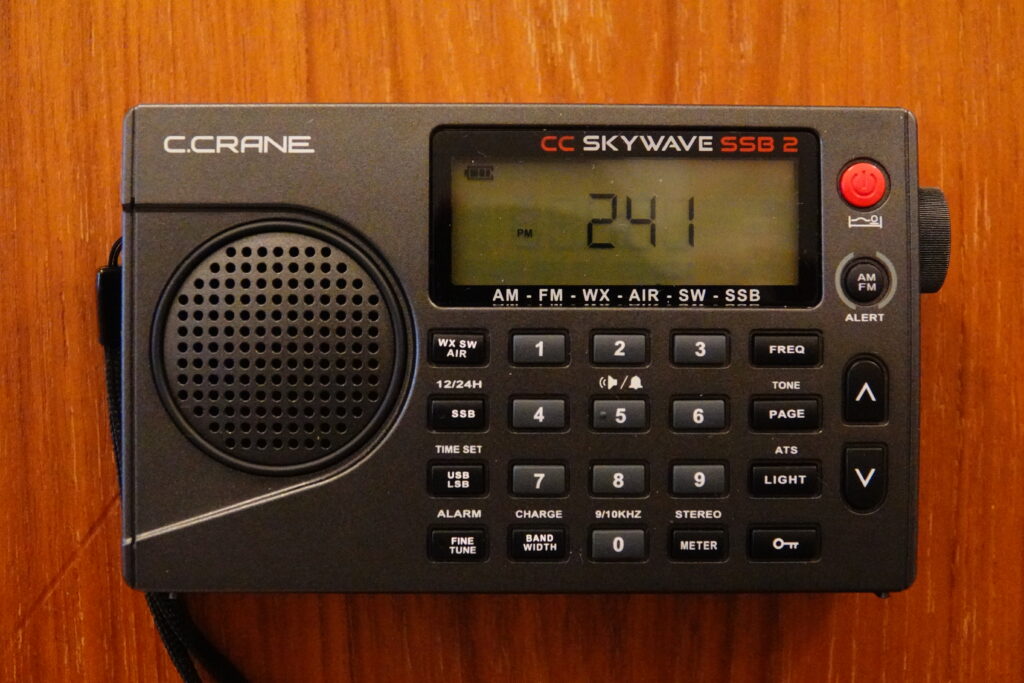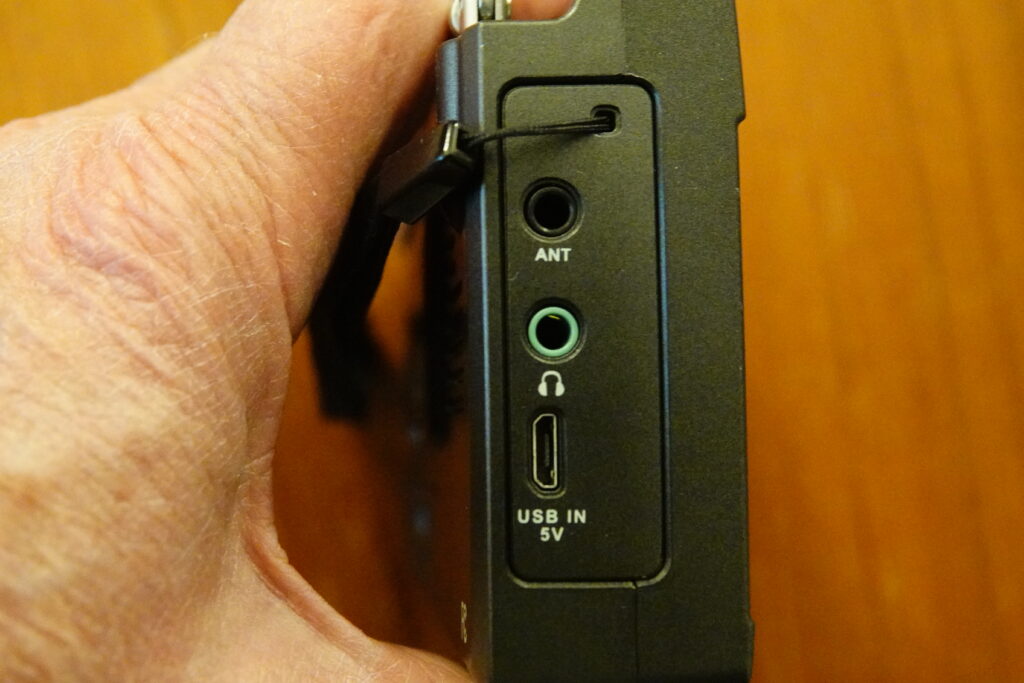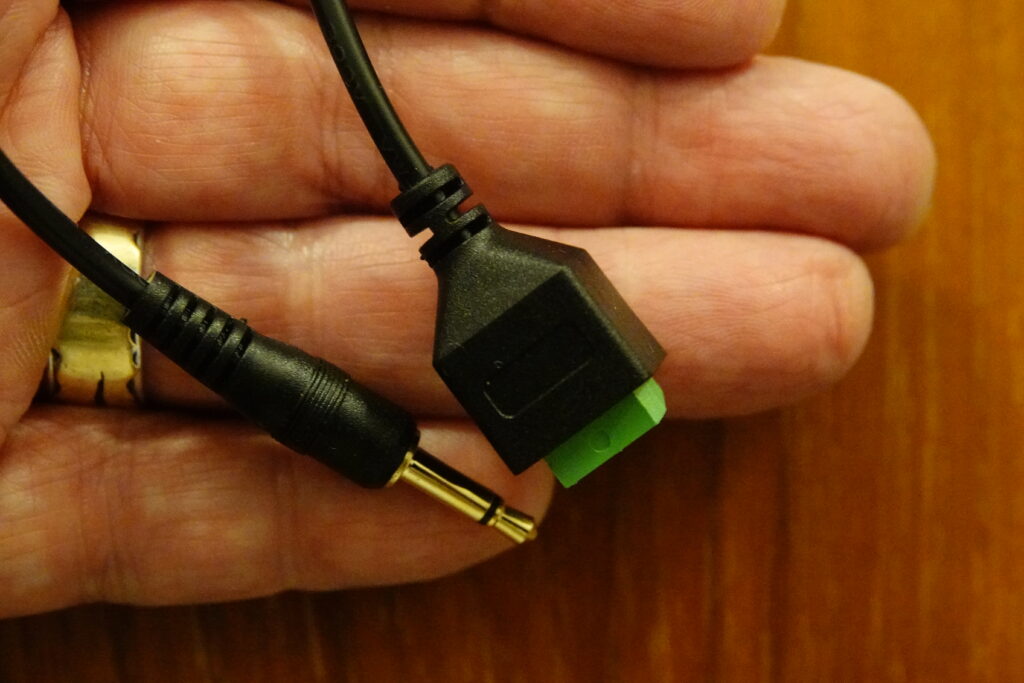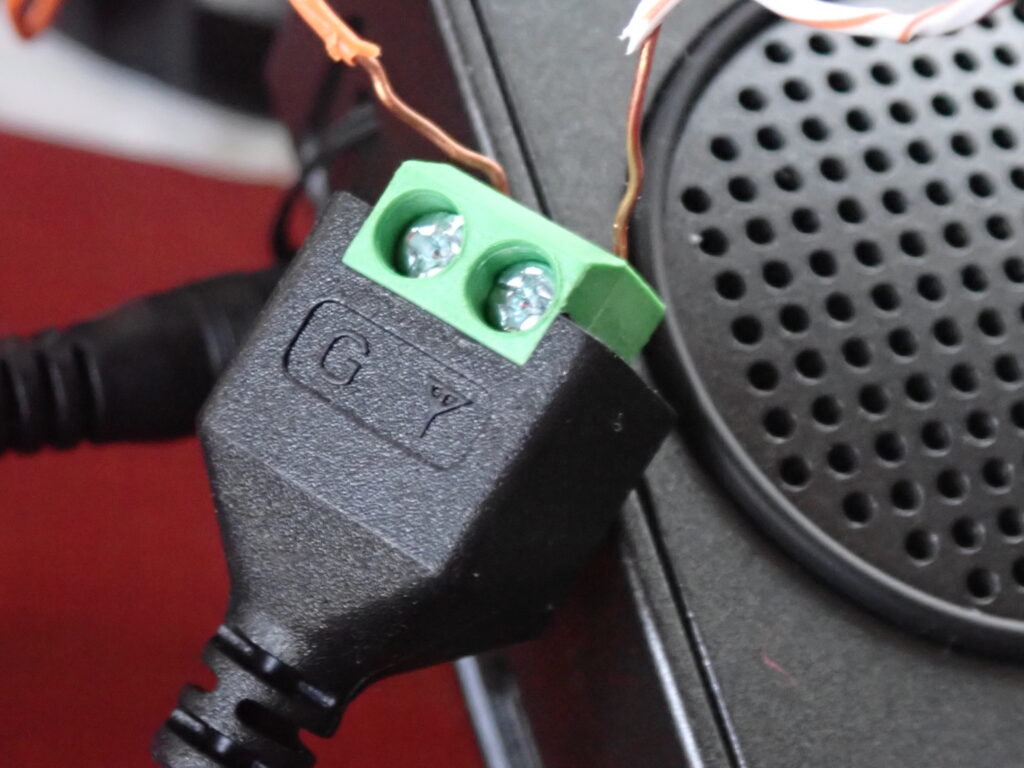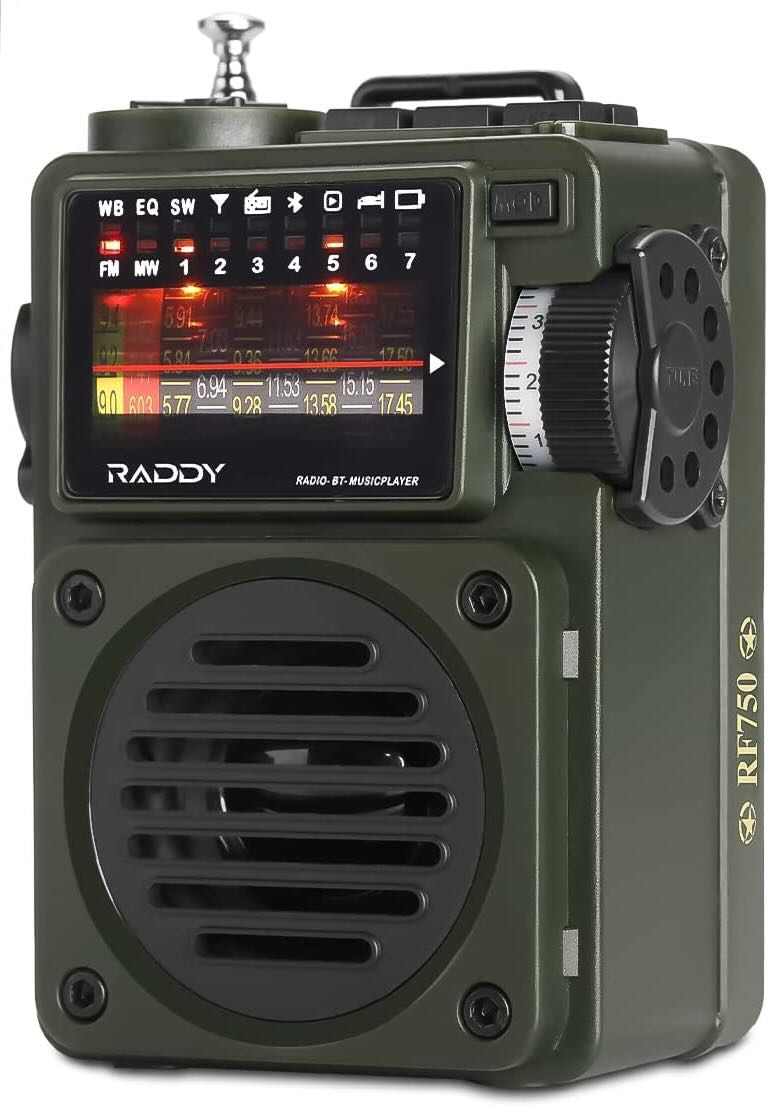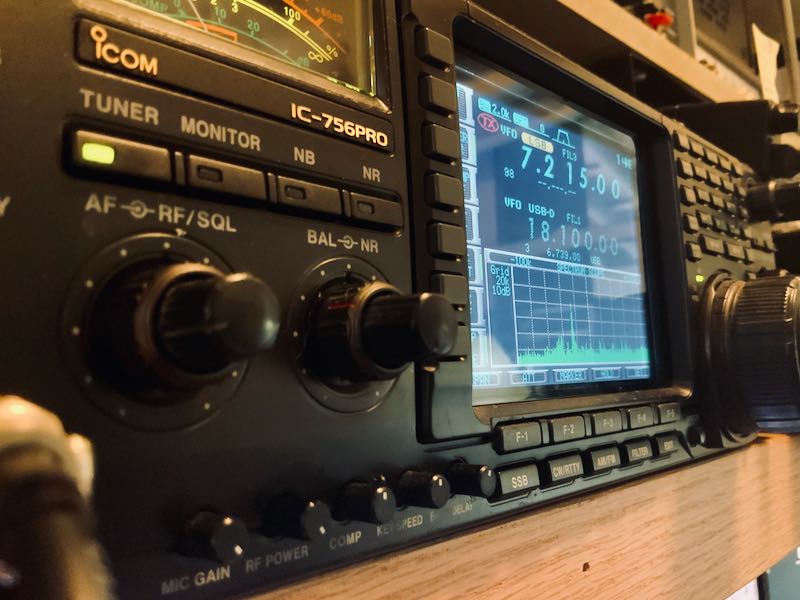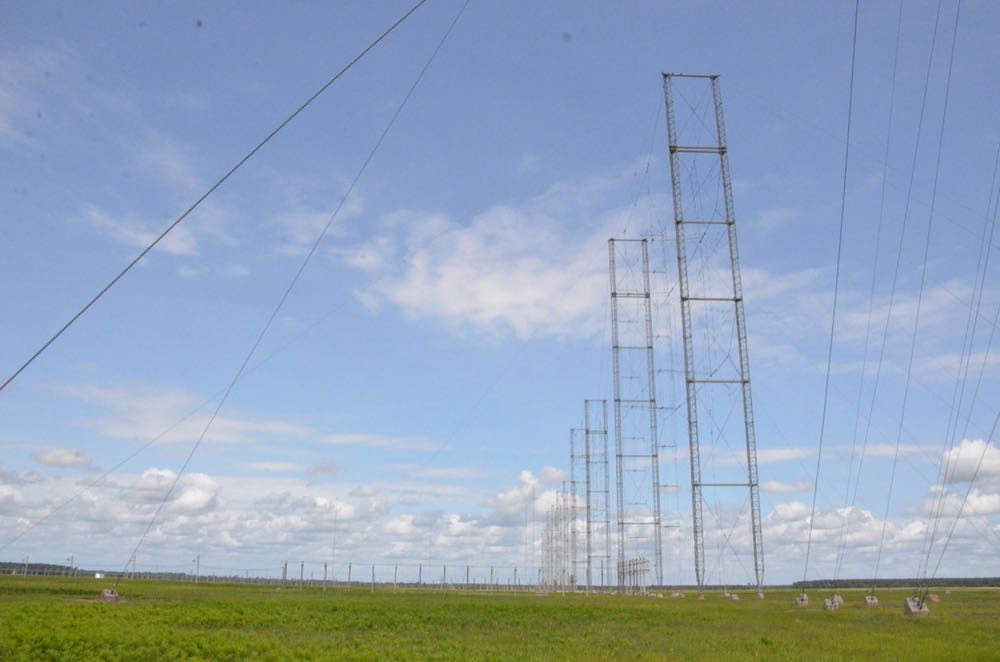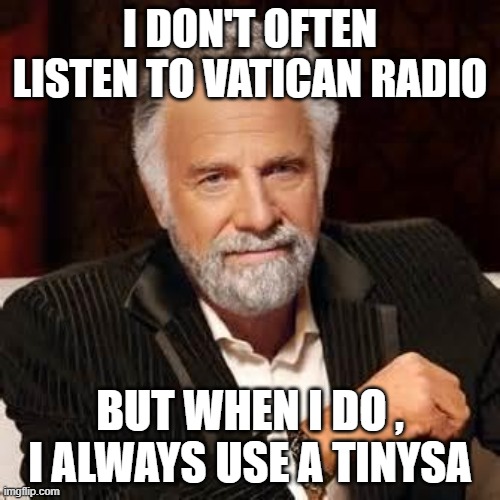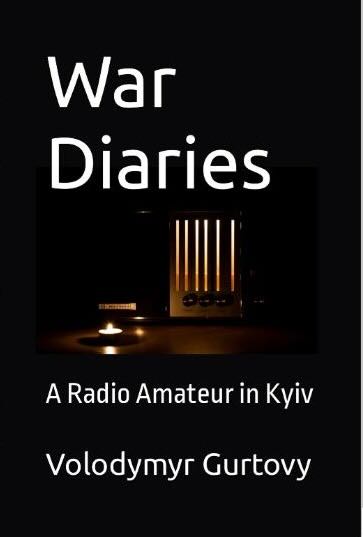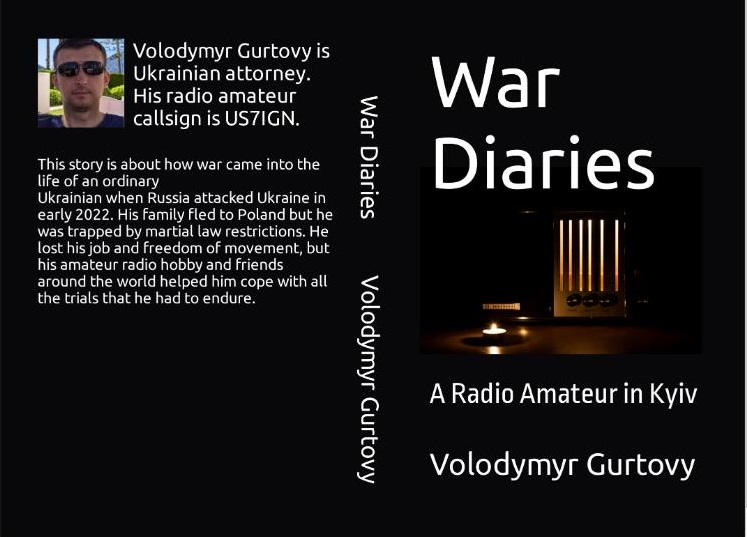[Note: This info. is also posted on our sister site, QRPer.com.]
I’ve been trying to avoid looking at sales this week because I don’t really need anything. That said, I’ve had a few pieces of gear on my mind that I’ve been wanting to review/evaluate and Black Friday has made a few of them more accessible.
Nanuk Waterproof Cases
 If you’re not familiar with Nanuk, they produce a wide variety of waterproof cases in Canada. They’re essentially Canada’s version of the Pelican case.
If you’re not familiar with Nanuk, they produce a wide variety of waterproof cases in Canada. They’re essentially Canada’s version of the Pelican case.
I’ve been eyeing their Nanuk 903 which is actually a very compact case–something similar in size to the Pelican 1060 and the Evergreen 56.
Nanuk, DX Engineering, and Amazon all have their Nanuk cases on sale today. I picked up a Nanuk 903 that I hope to use with one of my ultra-compact field radios (perhaps the Penntek TR-35).
Prices vary, but Amazon seems to have the lowest. I just purchased a blue Nanuk 903 with pick foam for $28.00 shipped (affiliate link). Other colors may cost a few dollars more, but they’re all exceptional deals (I picked the least expensive color).
CP Gear Tactical

I believe it was Rod (VA3ON) who first introduced me to this Canada-based pack manufacturer.
I’ve had their their Aircrew/Pubs Bag with Padded Tablet Pocket on my wish list since the Ham Radio Workbench podcast episode where we talked about backpacks and pouches. CP Gear Tactical manufactures a wide variety of gear primarily for the Canadian military market. Everything is made either in Canada (NB) or the US (or both), thus prices are much higher than mass produced gear.
I’m hoping their Aircrew bag might fit my 2nd Yaesu FT-817ND which is now outfitted with the TPA-817 pack frame I purchased from a reader. If it doesn’t, I still have many other uses in mind.
Everything in their store is 20% off today if you use the coupon code BKFRIDAY20.
The pack, shipped to my address in the US was $92.60 CAD.
Yaesu FT-891
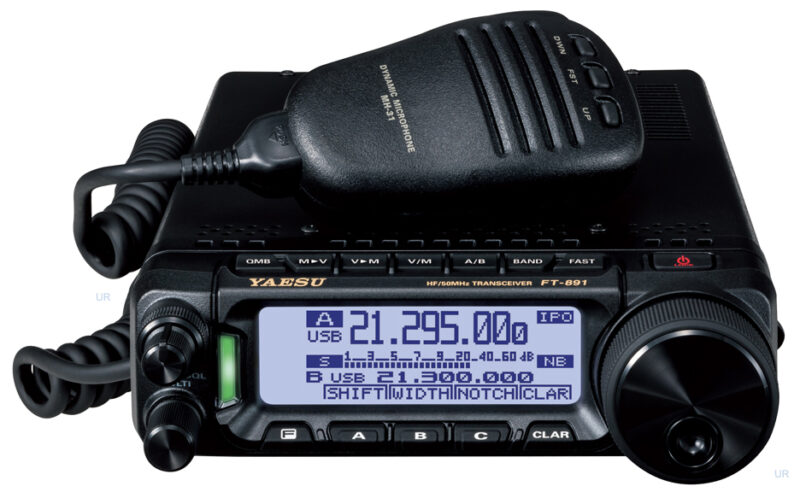
I noticed that Gigaparts and Ham Radio Outlet has the venerable Yaesu FT-891 on sale for $599.95 US. That’s a brilliant deal.
Last year, I came so close to buying the FT-891 for $629 during a Black Friday sale. I decided against it at the last moment because I know I tend to reach for my lightweight QRP field radios that can provide me a few hours of radio fun on a 3Ah battery. Even at QRP output levels, the FT-891 needs a larger capacity battery.
That said, if you’re looking for a new 100W radio for the shack or field? The FT-891 is a solid choice. The ‘891 is also an excellent general coverage radio for shortwave radio listening.
Radioddity
Radioddity always has deep discounts on Black Friday. This year, they have a store-wide 15% off sale with a coupon code.
Radioddity is a great place to purchase Xiegu Products. They are a sponsor of QRPer.com.
SDRplay RSPdx
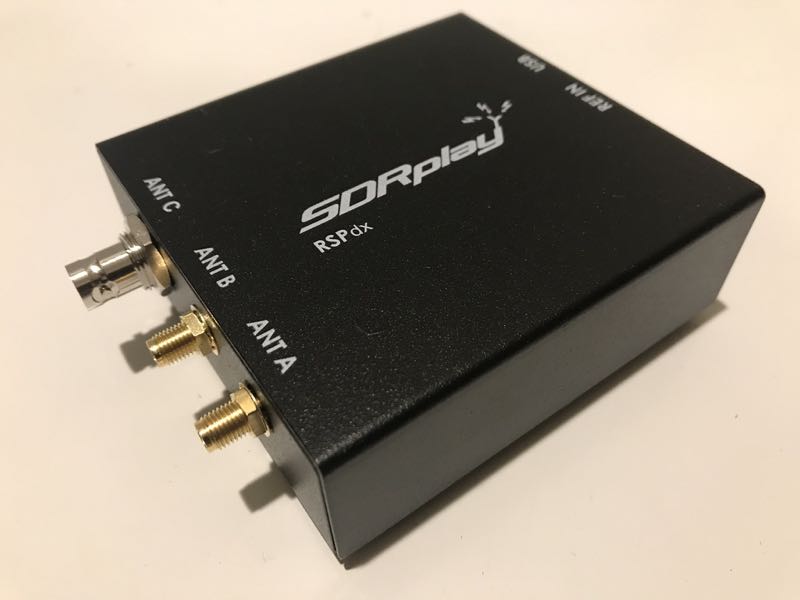 SDRplay manufactures affordable, high-performance SDR receivers in the UK. They are currently offering their RSPdx for £130/€156/$169.95. Click here for details and click here for my review of the RSPdx. The RSPdx is a choice radio for mediumwave and low band work. That said, the frequency range is exceptionally wide. This and the RSPduo are my favorites from SDRplay. Note that SDRplay is a sponsor of the SWLing Post.
SDRplay manufactures affordable, high-performance SDR receivers in the UK. They are currently offering their RSPdx for £130/€156/$169.95. Click here for details and click here for my review of the RSPdx. The RSPdx is a choice radio for mediumwave and low band work. That said, the frequency range is exceptionally wide. This and the RSPduo are my favorites from SDRplay. Note that SDRplay is a sponsor of the SWLing Post.
Airspy

Another SDR and radio accessory manufacturer, Airspy, is offering 20% off of all of their products. I consider their HF+ Discovery SDR to be one of the best sub-$200 SDRs for the HF bands–check out these posts and reviews on the SWLing Post.
Amazon portable radio deals
I noticed that Amazon.com does have a wide variety of shortwave portables in their Black Friday sale. Click here to search through the ones listed in the Black Friday promotion (affiliate link).
Ham radio retailers with Black Friday deals
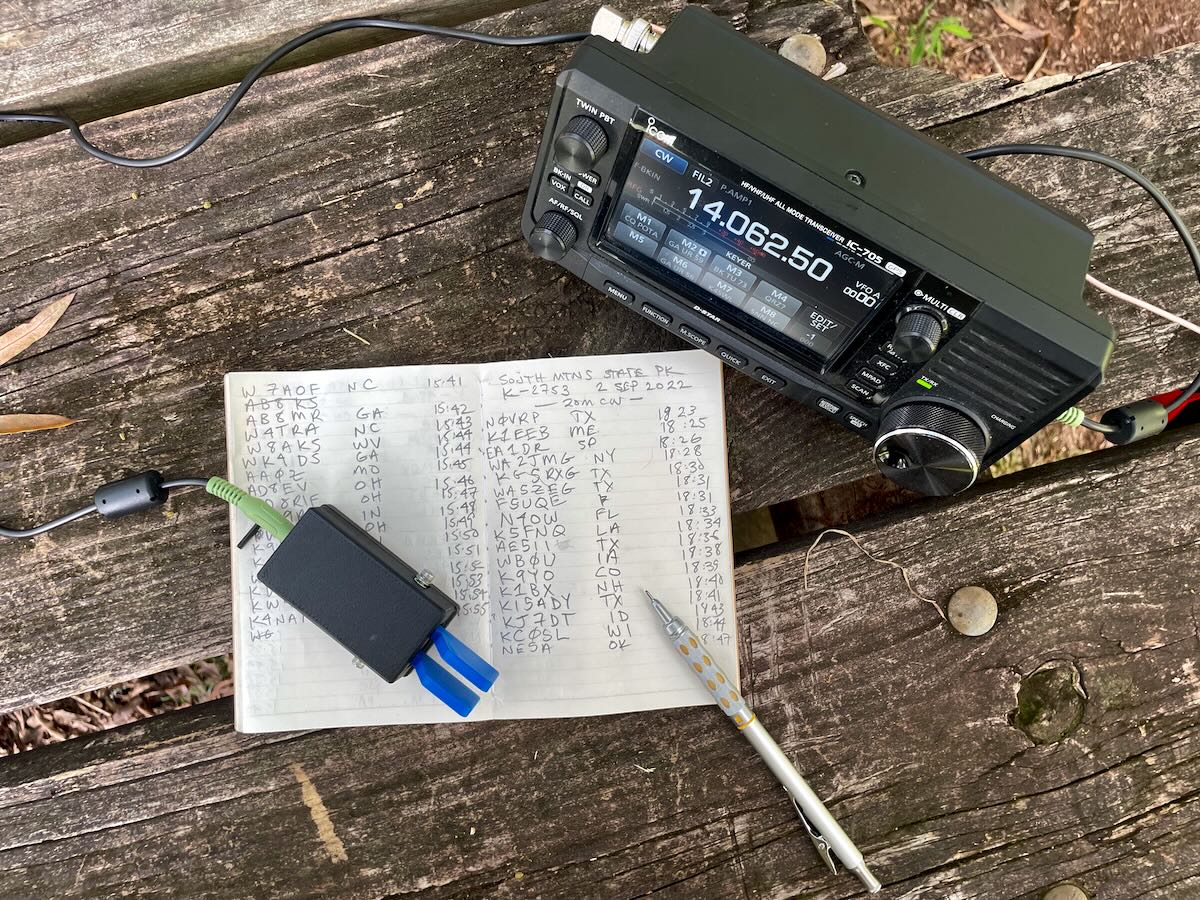 Here’s a list of ham radio retailers who have Black Friday sales today. If you’ve been looking for an item in particular, you might compare prices between these stores:
Here’s a list of ham radio retailers who have Black Friday sales today. If you’ve been looking for an item in particular, you might compare prices between these stores:
Spot any other great deals? Share them in the comments section!

